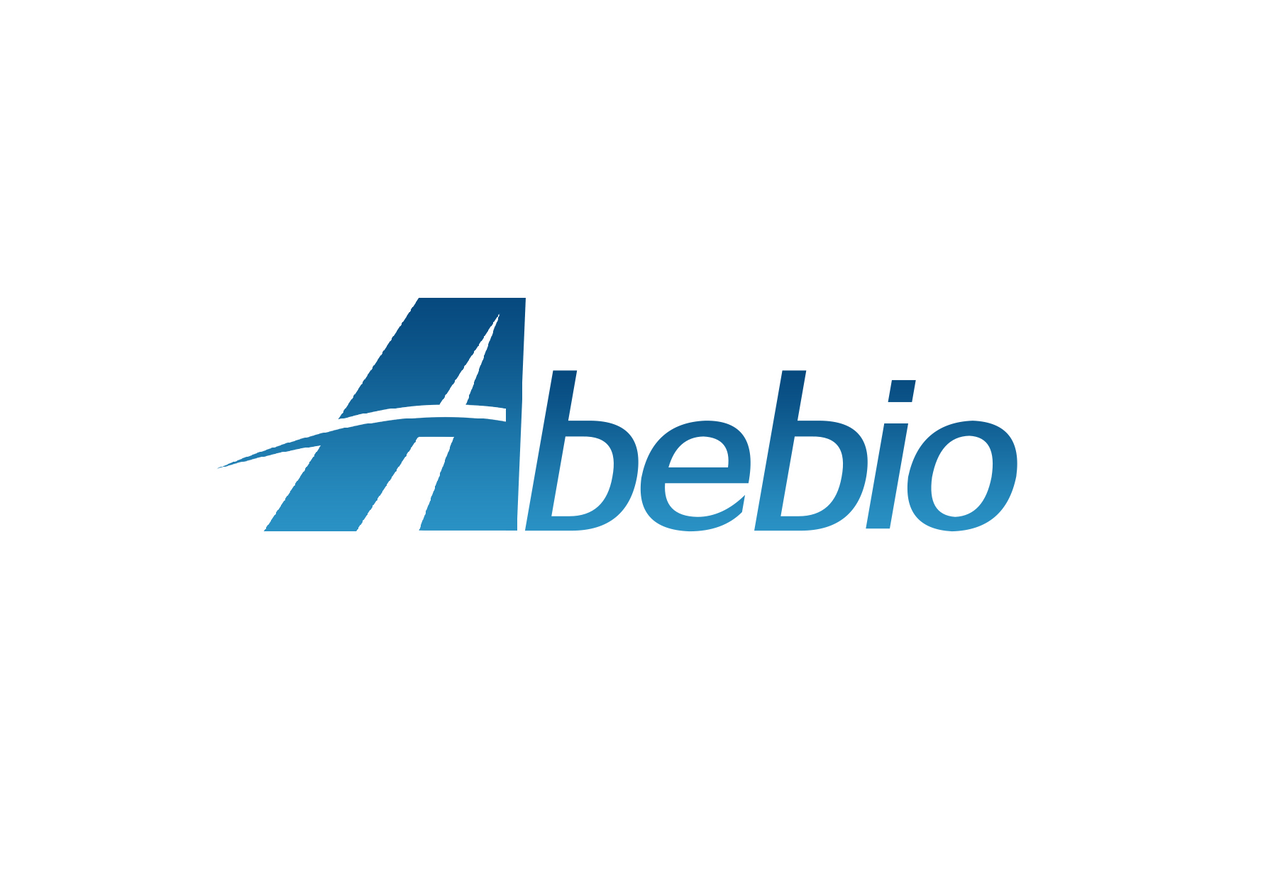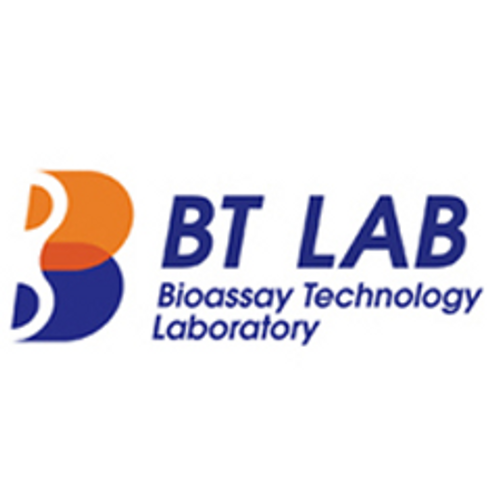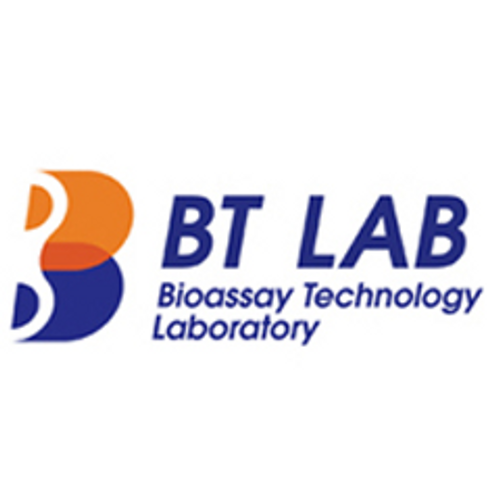Product Description
Human 17-Hydroxyprogesterone (17-OHP) ELISA Kit | AE22906HU | Abebio
Species Reactivity: Human (Homo sapiens)
Abbreviation: 17-OHP
Alternative Name: N/A
Application: ELISA
Range: 0.025-10 ng/mL
Sensitivity: 0.025 ng/mL
Intra-Assay: ≤5.9%
Inter-Assay: ≤8.4%
Recovery: 1, 04
Sample Type: Serum, Plasma, Other biological fluids
Detection Method: Sandwich
Analysis Method : Quantitive
Test Principale: This assay employs a two-site sandwich ELISA to quantitate 17-OHP in samples. An antibody specific for 17-OHP has been pre-coated onto a microplate. Standards and samples are pipetted into the wells and any17-OHP present is bound by the immobilized antibody. After removing any unbound substances, a biotin-conjugated antibody specific for 17-OHP is added to the wells. After washing, Streptavidin conjugated Horseradish Peroxidase (HRP) is added to the wells. Following a wash to remove any unbound avidin-enzyme reagent, a substrate solution is added to the wells and color develops in proportion to the amount of 17-OHP bound in the initial step. The color development is stopped and the intensity of the color is measured.
Product Overview: 17-Hydroxyprogesterone is a C-21 steroid hormone produced during the synthesis of glucocorticoids and sex steroids. As a hormone, 17OHP also interacts with the progesterone receptor.It is derived from progesterone via 17-hydroxylase, a P450c17 enzyme, or from 17-hydroxypregnenolone via 3β-hydroxysteroid dehydrogenase/Δ5-4 isomerase. 17-Hydroxyprogesterone is a natural progestin, and in pregnancy increases in the third trimester primarily due to fetal adrenal production. This hormone is primarily produced in the adrenal glands and to some degree in the gonads, specifically the corpus luteum of the ovary.17-Hydroxyprogesterone is not the same compound as 17-hydroxyprogesterone caproate. 17-Hydroxyprogesterone caproate is a synthetic (artificial) hormone that is similar in structure to medroxyprogesterone acetate and megestrol acetate.
Stability: The stability of ELISA kit is determined by the loss rate of activity. The loss rate of this kit is less than 5% within the expiration date under appropriate storage condition. The loss rate was determined by accelerated thermal degradation test. Keep the kit at 37°C for 4 and 7 days, and compare O.D.values of the kit kept at 37°C with that of at recommended temperature. (referring from China Biological Products Standard, which was calculated by the Arrhenius equation. For ELISA kit, 4 days storage at 37°C can be considered as 6 months at 2 - 8°C, which means 7 days at 37°C equaling 12 months at 2 - 8°C) .
 Euro
Euro
 USD
USD
 British Pound
British Pound
 NULL
NULL








